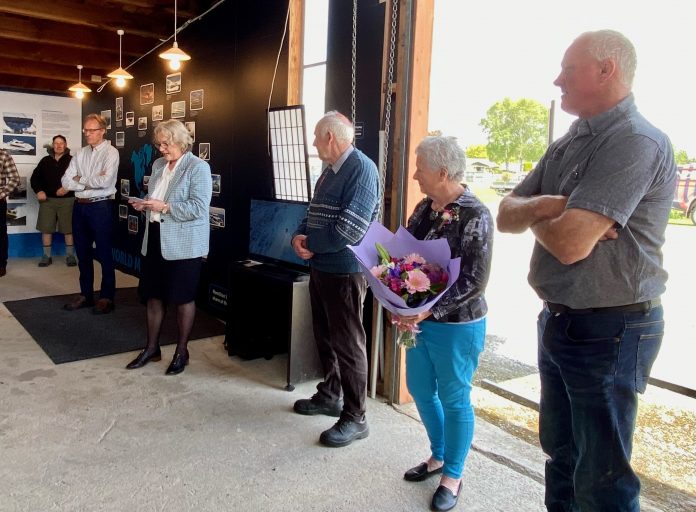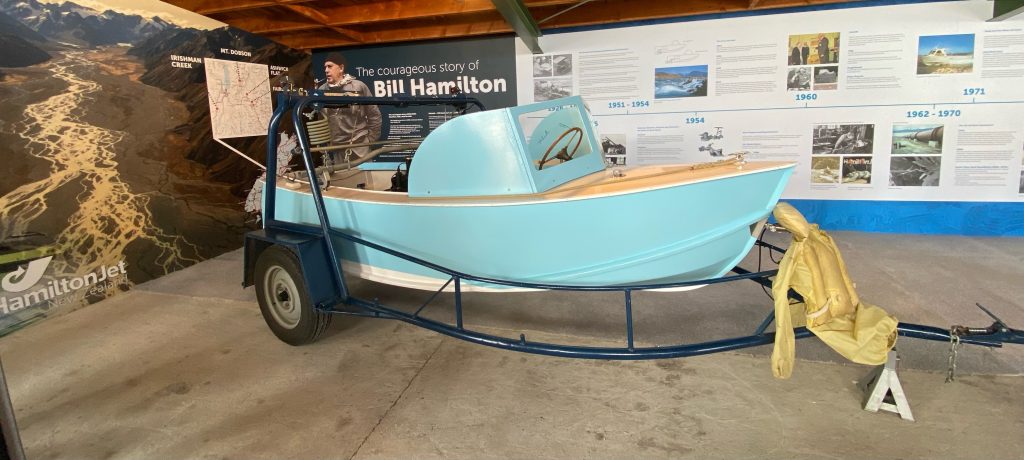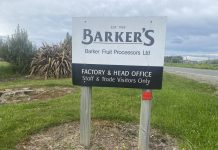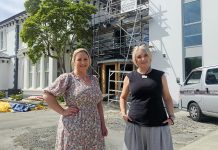
After two years of research and hours of planning, Fairlie’s newest museum exhibition has launched.
The Hamilton Display has opened in memory of C. W.F. (Bill) Hamilton who successfully designed the process of water jet propulsion, creating the modern jetboat.
The display was compiled by Peter Foote and his partner Jan Danrell.
Mr Hamilton was born in Kimbell where he lived on the family farm, Ashwick Station.
Mr Foote said at the age of 16, Mr Hamilton had been forced to leave school to return home to work on the farm, after his brother was killed at war.
He said Mr Hamilton had no engineering training but he had not let that stop him creating a scoop to build a dam at the farm so he could get electricity.
That invention set him on his engineering path.
It took off so well that he moved to Christchurch — hiring 500 people — where they built earthmoving equipment.

Ms Danrell said while Mr Hamilton had moved to Christchurch, Fairlie could still lay claim to him as his younger life spent in the area was what had moulded him.
‘‘This environment allowed him to play in a river.’’
Mr Foote agreed.
‘‘Without the environment, who knows what he would have invented.’’
Ms Danrell said instead of local museums simply displaying the same telephones and vintage cars, they could also focus on what made their area stand apart.
That point of difference allowed national visitors to visit museums the country over.
Mr Hamilton’s involvement in the area did not stop when he left for Christchurch.
Mr Foote said when Mr Hamilton’s business was destabilised by the amount of earthmoving equipment being imported the company almost ‘‘went belly up’’.
Mr Hamilton went back to Irishman Creek with a few of his best to have a ‘‘think tank’’.
He had previously ‘‘revolutionised’’ a jetboat for recreational reasons.
Mr Hamilton claimed he did not invent it ‘‘but he made it work’’.
The boat was different in that it went up the river against the flow.
Mr Foote said Mr Hamilton’s ‘‘No 8 wire’’ mentality had helped immensely.
The company decided there was a gap in the market for that kind of machinery.
Nowadays, 98% of HamiltonJet’s production is exported.




